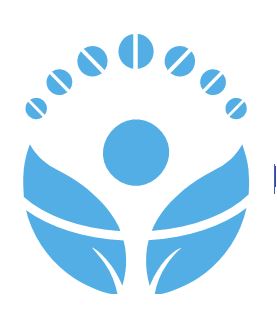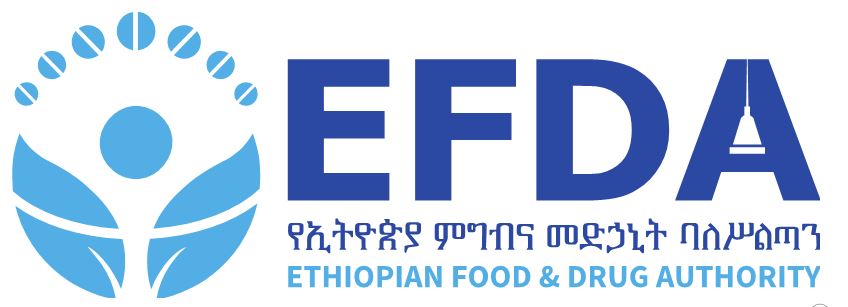Irrational use of drugs has been one of the major problems in the Ethiopian health care system for a long time. Among the strategies devised to improve the situation, Medicine, Food and Healthcare Administration and Control Authority (FMHACA) of Ethiopia, was involved in the preparation and distribution of Standard Treatment Guidelines (STGs) for the different levels of health institutions in the country. The 1st edition of the STGs was published in January 2004 after wide consultation withrelevant stakeholders. There has been continuous demand since then for copies of the STGs, calling for several reprints and revision. The 2nd edition of the guidelines was published in 2010. The demand for these guidelines is increasing, perhaps because STGs are also being used as an alternative to fillthe gap in reference materials. Following the changes made to the national list of drugs and an increasing demand for incorporating new developments in diagnosis and treatment, it was found important to revise the 2nd edition of STGs.Accordingly, the 2nd edition of STGs was thoroughly revised by a panel of experts through contracting out to Bethel Teaching General Hospital with technical and financial support from USAID/SIAPS. This third edition addresses common health problems in Ethiopia and it includes several new diseases as well as brief description of the diseases condition, clinical features, methods of investigation and non-pharmacologic and pharmacologic treatment options.Information on dosing, dosage forms, course of treatment, adverse reactions, contraindications and drug interactions are given for the first line and alternative drugs whenever applicable. Diseases have been classified into cardiovascular disorders, endocrine disorders, gastrointestinal tract and liver disorders, hematologic disorders, infectious diseases, kidney and genitourinary tract disorders, musculoskeletal disorders, neurological disorders, oncology, psychiatric disorders, respiratory disorders, emergency conditions, pediatric disorders, gynecology and obstetrics, dermatological disorders, sexually transmitted infections, ophthalmological disorders and ear, nose and throat disorders

የኢትዮጵያ ምግብና መድኃኒት ባለስልጣን
Ethiopian Food and Drug Authority
Ethiopian Food and Drug Authority

የኢትዮጵያ ምግብና መድኃኒት ባለስልጣን
Ethiopian Food and Drug Authority
Ethiopian Food and Drug Authority
- Home
- About Us
- News and Events
- Services
- Publications
- Directorates
- Director General
- Medicine Sector Deputy Director General
- Food Sector Deputy Director General
- Medical Device Sector Deputy Director General
- Chief Executive Officer
- Basic Service Executive Officer
- Competence & Human Resource Management Executive Officer
- Information & Technology Executive Officer
- Organizational Change Management Executive Officer
- Procurement & Finance Executive Officer
- Strategic Affair Executive Officer
- Women & Inclusive Social Affair Executive Officer
- Branch Office Head
- COVID19
- Public Information
- Announcement
- Contact
STG -Primary Hospital
You are here:
- Home
- Publication
- STG -Primary Hospital


